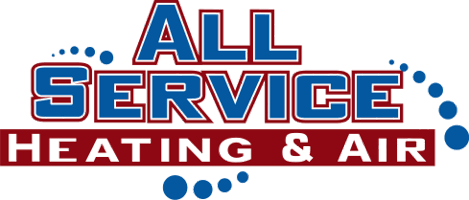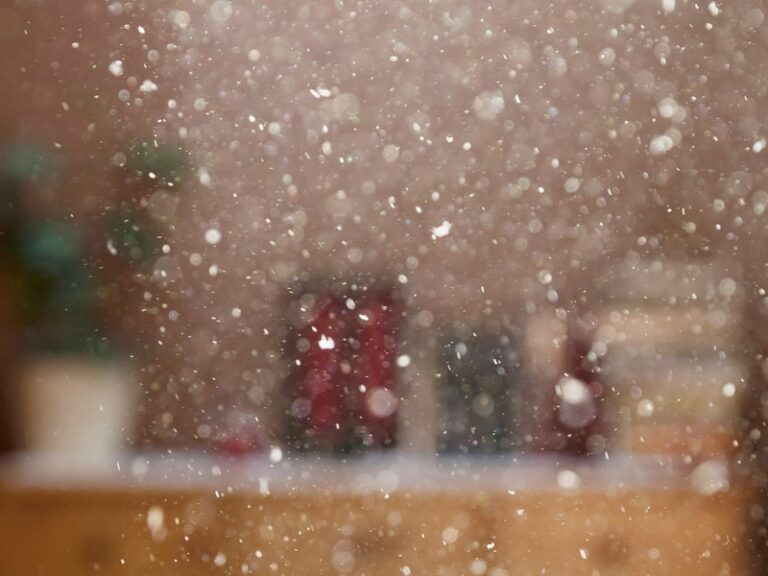The quality of the air inside your home in Frisco, TX, is more important than what’s happening outside. While there are things you can control outside your home, you have much more control inside it. Here are four causes of poor indoor air quality and what you should know about their effects.
Understanding Indoor Air Quality
Before looking at the causes of poor air quality, it’s important to understand a little about air quality in general. Air quality is a discussion about the number of contaminant particles floating through the air. The more particles floating around, the worse the air quality in the space.
People spend a lot of time inside, with generally poor air quality in buildings. According to the EPA, air pollutant concentrations are 2 to 5 times higher inside than outside. They also estimate people spend 90% of their time indoors, increasing the length of exposure to these pollutants.
The goal is to reduce the pollutant concentration to reduce their effects on both health and HVAC performance. Here are the common causes of contaminants found in most households and how to improve them.
1. VOCs
Volatile organic compounds, or VOCs, are one of the primary reasons for poor indoor air quality. These are chemicals found throughout your home that result in adverse health effects. Their volatility means they release their particles into the air, known as off-gassing, which leaves you breathing them.
The source of these chemicals often goes unnoticed in many homes, even for people who use natural products. Common sources of VOCs include:
- Cleaning Agents
- Carpet
- Upholstery
- Paint
- Furniture
2. Biological Contaminants
Biological contaminants are what you may commonly associate with indoor air quality. These contaminants are the naturally occurring particles that can affect your health and clog your HVAC system.
You probably think of organic growth, pollen, and pet dander as part of this category, and that is an accurate assessment. However, biological contaminants also include bacteria and viruses, which can cause chronic health problems.
3. Combustion Byproducts
Whether you have a fireplace, wood stove, or even a gas or oil furnace, you’ll deal with combustion byproducts. Fireplaces are a bit more obvious, with soot and smoke often infiltrating your air.
However, the bigger problem with combustion byproducts comes from carbon monoxide and nitrogen dioxide. Both of these are colorless and odorless, but carry with them some significant side effects, including death in extreme cases.
To make sure you keep these byproducts at bay, ensure your exhaust is functional and sealed. Any leaks in the system will cause these nasty compounds to leak into your home and affect your family.
4. Poor HVAC Maintenance
As your HVAC system cycles, the air it circulates brings with it tiny particles it’ll deposit throughout your system. The circulating air then picks up some of these particles as it pushes back out into your home. Your system continues increasing the number of contaminants in the air until it’s cleaned.
A significant part of routine HVAC maintenance is cleaning your system. Your technician will gently clean the blower fan wheel, evaporator coil, and heat exchanger to remove these built-up contaminants.
Improving Indoor Air Quality
The first step to improving your indoor air quality is attending to your HVAC system. Get professional maintenance in the spring and fall. Replace your air filter regularly, which should be about every 90 days for the standard 1-inch filter.
Next, look at your home’s relative humidity to ensure that it’s within the optimal range. The EPA recommends maintaining between 30% and 50% relative humidity. This helps weigh down airborne contaminants but is dry enough to discourage moisture-dependent contaminants.
Once you look at these factors, consider other indoor air quality solutions. This may include improving your home’s ventilation or adding an air scrubber or ultraviolet light purifier. An indoor air quality expert will help evaluate your home and find the best solutions for improving your air.
Don’t let poor air quality cost you more in HVAC repairs or your health. Call to schedule a consultation with one of the indoor air quality experts at All Service Heating & Air today.
Image provided by iStock

